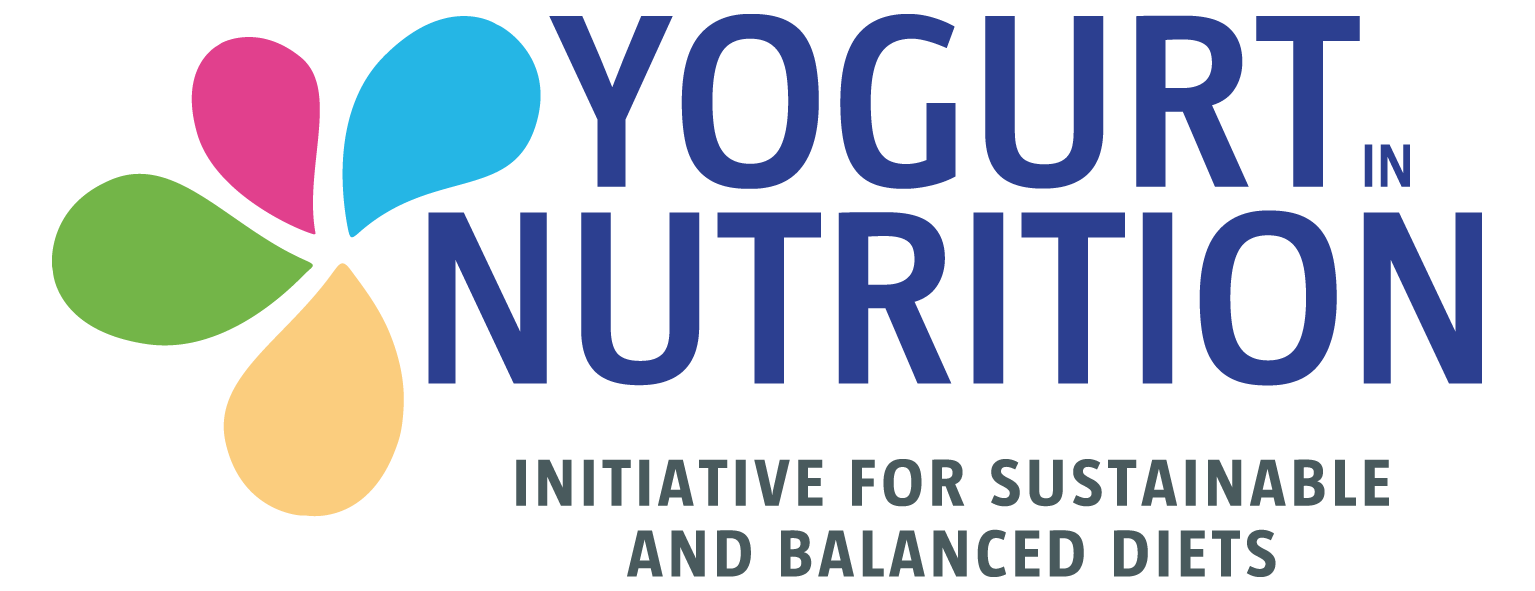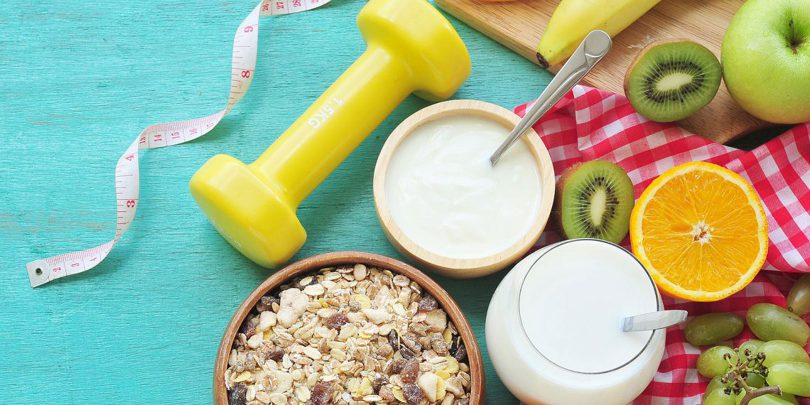Optimizing peak bone mass
The manuscript, titled “The National Osteoporosis Foundation’s Position Statement on Peak Bone Mass Development and Lifestyle Factors: A Systematic Review and Implementation Recommendations” was recently published in the journal of Osteoporosis International and it highlights nutrition, physical activity and lifestyle factors, which are involved in developing optimal peak bone mass,* which is typically reached in one’s early 20’s.
The authors used a systematic evidence-based review process to consider the role of individual nutrients, food patterns, adolescent special issues (e.g. contraception), and physical activity on bone mass and strength development in infants, children and adolescents. The report assigns a grade to each of the factors considered and describes the underlying biology of the relationships.
Calcium intake and physical activity
According to the report, the best evidence points to the positive effects of calcium intake and physical activity, especially during the late childhood and peripubertal years—a critical period for bone building. Good evidence also supports the positive role of vitamin D and dairy consumption and a detrimental effect of carbonated soft drink consumption on building bone.
The research available for physical activity does not examine the effects of specific types of exercise and few studies examine the dose loading effects of any one type of exercise. Therefore, the authors conclude that physical activity is important for growing bone, but we do not fully understand the characteristics of physical activity that impact bone such as mode, frequency, intensity, and duration.
The study’s recommendations for physical activity to achieve peak bone mass support today the following:
· Session duration = 100 impacts;
· Frequency = 3 days per week;
Positive effects on bone mineral accretion should be visible after 7 months.
Dairy, fatty fish (salmon, sardines, tuna), fruits (oranges, bananas, prunes), vegetables (spinach, kale, potatoes) and calcium and vitamin D fortified foods (juices, breakfast foods, soy milk) are considered all as good options for building a bone healthy diet.
For more information on food that is good for your bones visit http://nof.org/foods! To learn more, read the original article.
Source: Weaver et al., Osteoporosis International 2016 ; 27 : 1281 – 1386.
* When you’re young, your body makes new bone faster than it breaks down old bone, and your bone mass increases. Most people reach their peak bone mass around age 30. After that, bone remodeling continues, but you lose slightly more bone mass than you gain.





